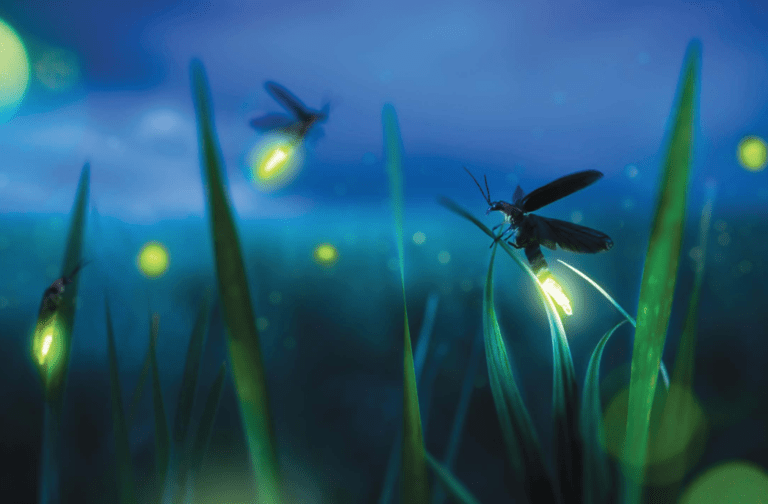
By Anne W. Semmes
As part of the Greenwich Library’s Signature Series some 244 attendees in the Berkley Theater were captivated last Thursday week by the stories and images shared by award-winning marine photographer Brian Skerry, of his decades long underwater explorations of the oceans of our world. Often the cover story of National Geographic magazine his work is represented in the magazine’s “50 greatest photos of all time.” His growing concerns of that undersea world brought his talk title of “Ocean Soul.”
Before he mesmerized the audience with getting up close and personal with a southern right whale, he described the significance of our “living on a water planet.” How “three quarters of the earth surface is about 72 percent ocean…that 98 percent of the biosphere of the biosphere where life can exist on earth is ocean” and “that 50 percent of the oxygen that we all breath is generated by the sea.”
Thus, in those underwater decades Skerry has seen how our environment is affecting those who live underwater such as the Harp Seals in the arctic. A moving photo capture was of a mother seal “frantically” pushing her seal pup up to the surface. He explained how years back the ice would have been “25 foot thick for as far as eye can see with no water at all,” but with climate change that ice has grown thinner and thinner. So, those seal pups “need a stable platform of ice to nurse from their mom” to get strong enough to be on their own. That pup only days old “still had a piece of the umbilical cord on its belly.” So, with no stable platforms the pup mortality rate is now at 100 percent he told.
And then he introduced us to the world’s most endangered North Atlantic right whales, with a photo taken of his assistant standing on the sea floor remarkably close to a “45-foot long, 70-ton Southern right whale,” a cousin of the North Atlantic whales newly discovered off the Auckland Islands of New Zealand. He had found those Southern whales “extremely curious.”
Also memorable was Skerry sharing his photographic pursuit of the Great White Shark along the Cape Cod coastline of Massachusetts. With extraordinary funding from National Geographic a look-like-seal decoy was made to attract that shark. A resulting video brought gasps as the hungry shark ferociously attacked the thus demolished (and expensive) decoy.
And, as an underwater shark cage has been the traditional approach to photograph/study of those dangerous as well as endangered right whales, Skerry had a story to tell connecting sharks to Greenwich’s late resident, Peter Gimbel, heir to the department store founded by his grandfather. “Peter had an estate called Chieftans – a beautiful place, [King Street and Sherwood] but he was also a legendary explorer. He was the first guy to dive to the wreck of the SS Andrea Doria and his photos of the ship were published in ‘Life’ magazine in August 1956.” It was Gimbel’s shark cages used in Gimbel’s notable 1971 film “Blue Water, White Death” that Skerry wished to take away and rebuild.

That Gimbel visit was in the early 1990’s, some 20-plus years after the debut of “Blue Water, White Death,” the first filming of the great white shark, “It’s still in my estimation,” said Skerry, “the greatest shark film ever done.” The film had led to Peter Benchley’s book, “Jaws.”
Skerry looks back fondly to that first visit to Greenwich, “falling in love with it,” he said, “and it’s wonderful to be back here again now talking about that shark.” He then reflected across those years and his experiences in the sea through his work as a photojournalist. “As you heard, I’ve been working for National Geographic Magazine for about 26 years, and even before that I started diving and making pictures.”
As his underwater career unfolded, he was seeing “a lot of problems occurring in earth’s oceans” not evident to “most people…unless you’re slipping your head beneath the waves on a regular basis.” He addressed “that problem of overfishing.” He’d read in the British journal “Nature,” that 90-percent of the large predatory fish “like tuna and billfish and sharks had been taken post World War II.” So, why not as a photojournalist, he thought “show some of the solutions because if there’s no solution, then what’s the point?”
For example, “Seafood is being harvested, and it is wildlife.” And that harvesting method he described as “probably the most common method of fishing in the world” was a bottom trawler. “You’ve got a net in the middle between two big steel doors, and floats on the top and a lead weighted line on the bottom.” And that trawler assembly is being towed behind a fishing boat. “So, it’s very effective at catching whatever the intended species might be.” Such as shrimp in Mexico – and “everything else in its path with no commercial value” to be “thrown back into the sea as trash.”
Skerry showed the fisherman’s hands holding the few shrimp he had caught after towing that trawler for an hour. And splayed over the deck of his boat was the “bycatch,” to be thrown back into the sea. “So, this is the true cost of a shrimp dinner, seven or eight shrimp, and maybe 15 pounds of other animals that have to die in the process of catching those shrimp!”






